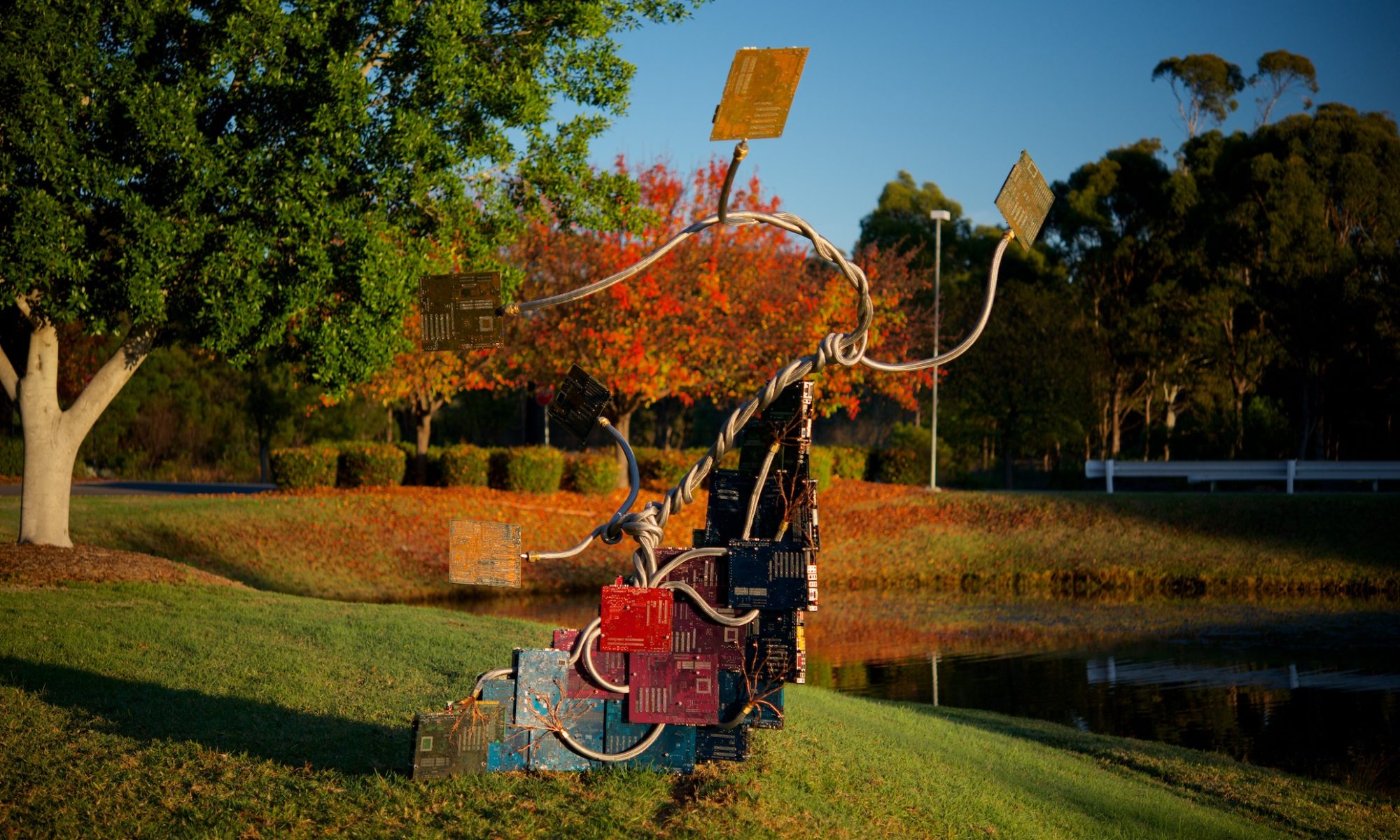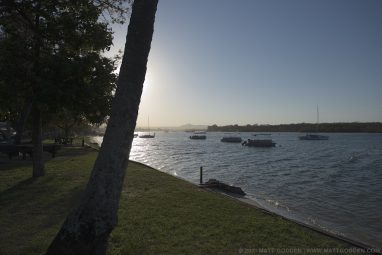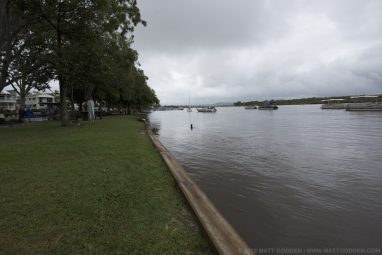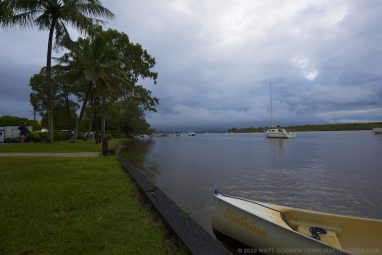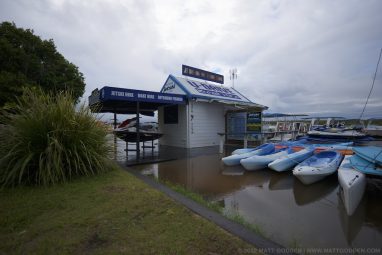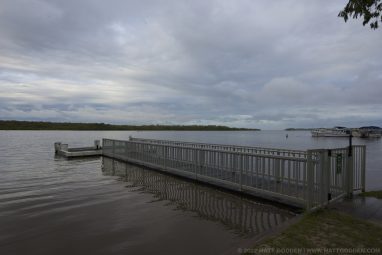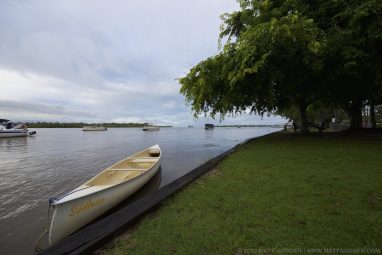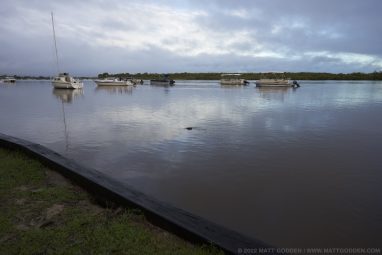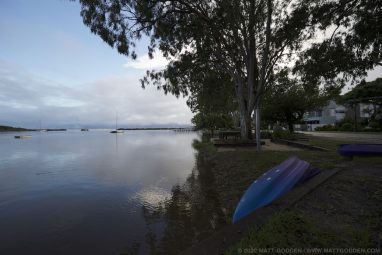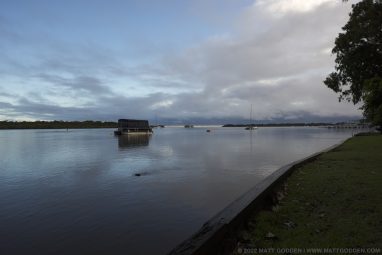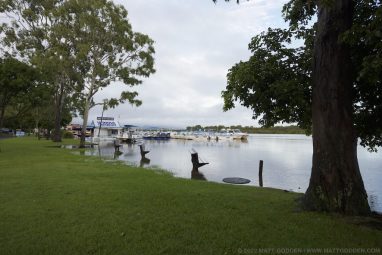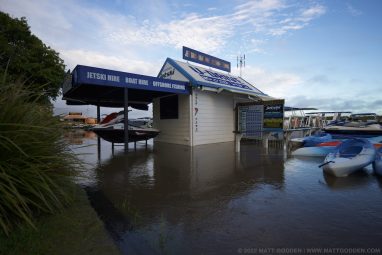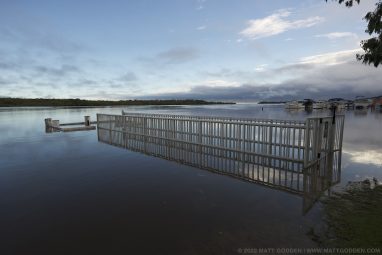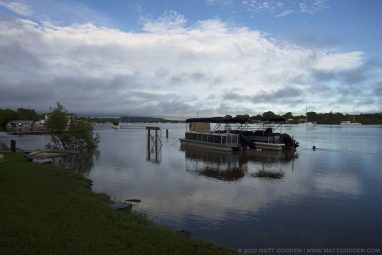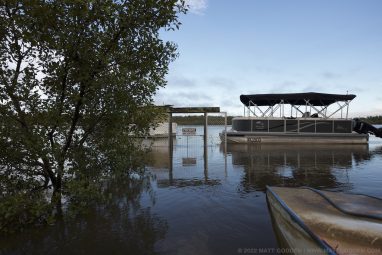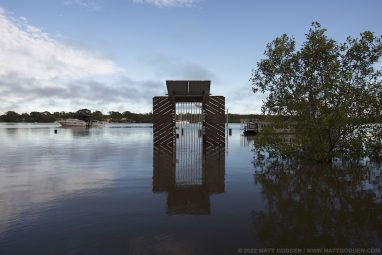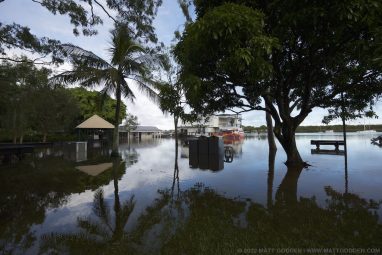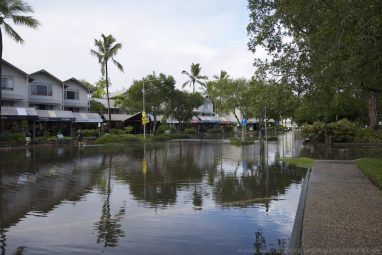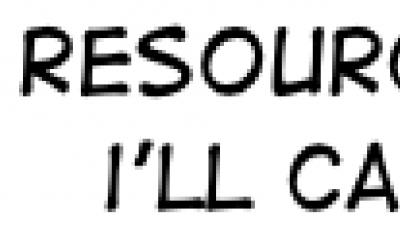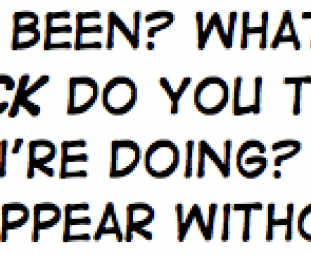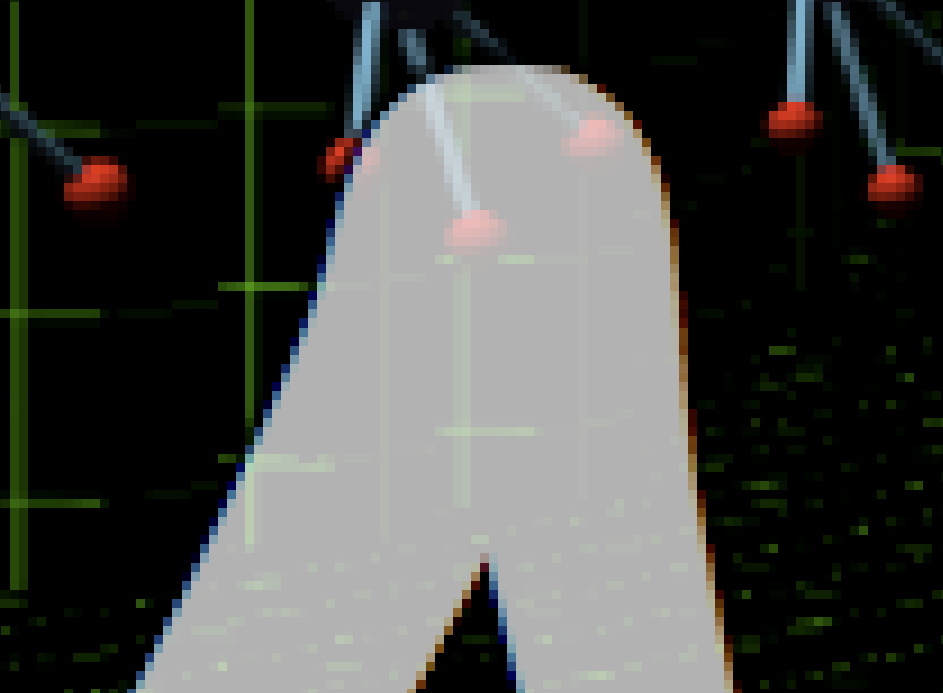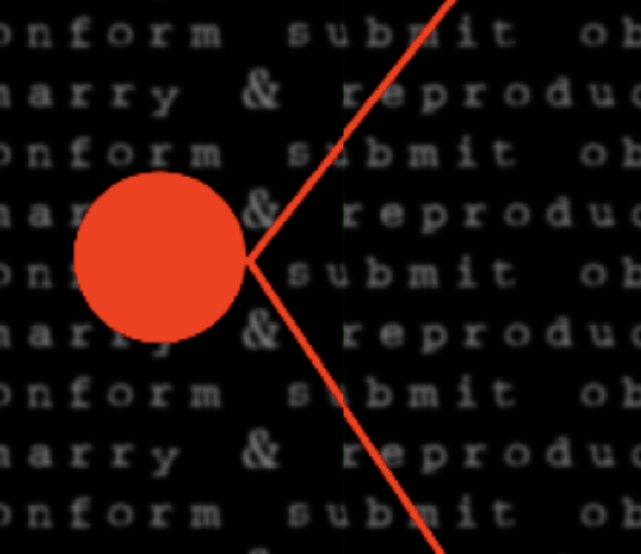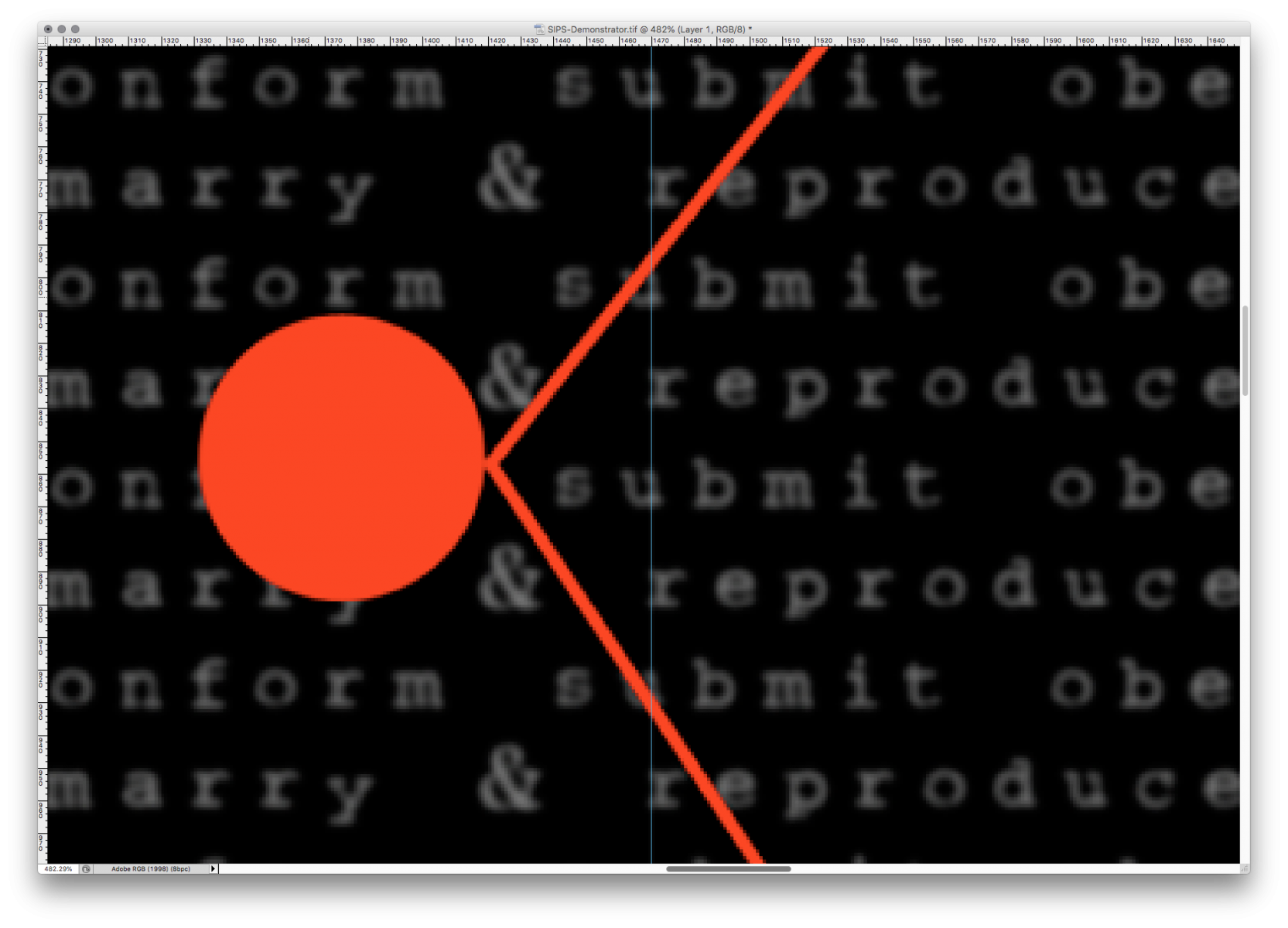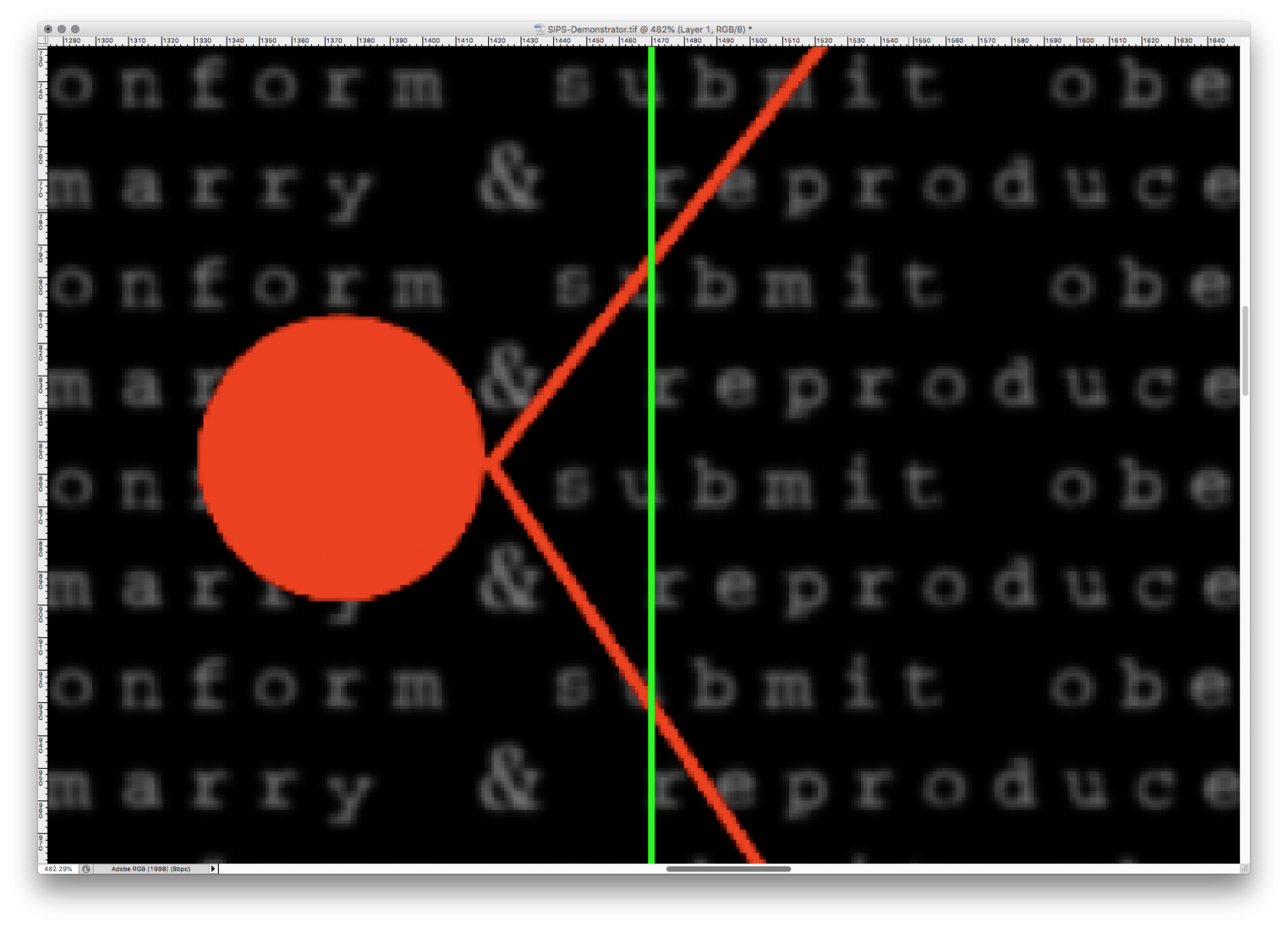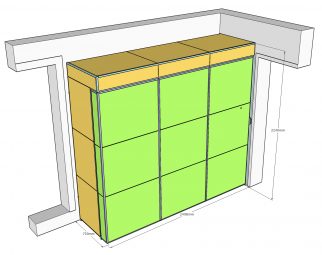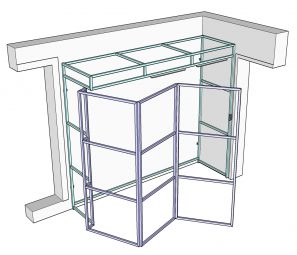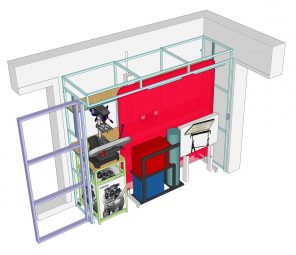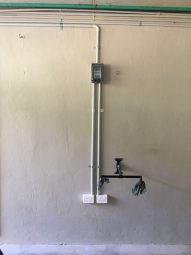Days, and days of rain have left the river swollen and overspilling its banks.
2021 – A Wrapup
Well, that was a year.
Things started with dental and optical problems, which remained an open issue due to pandemic waves keeping me away from practitioners.
On the medical front, I was vaccinated, second vaccinated, then third vaccinated. Each dose hit me hard, and we’re still cowering in place for fear of the plague. My overall health seems fairly static. I haven’t been able to ride my bike as much as I’d like, so I’ve lost some condition, but at the end of the year I started addressing that – before the borders opened, and plague came back.
My powered cooling suit continued to be an issue, as the supplier was unable to get spare parts. Speaking of cooling, we had a new air conditioner system installed, and most of the year was spent fine tuning the control system, which it seems the original installer didn’t set up properly. Eventually a guy, who was a professional fitter and servicer for the system we have, and who had contacted me via Whirlpool after seeing me post about it, came out and sorted it all for us. It seems to be working well.
This year I did a big project abandon – giving up on my studio in a box. That’s a difficult one for me, because I’m usually a person who won’t give up on things, even when they’re past saving. It’s sort of progress for personality, because my inability to let go of things has been a problem for too many things in life – so I refocussed on a smaller goal, which will hopefully be achievable. That project is to just build some shelves that can go in the hallway, and will let me roll my gear out to the carport, via the wheelchair access ramp I bought.
With the gear able to be moved in and out of the house, I resumed my welding practice, and am making some real progress on getting to grips with the gear.
Speaking of the house, towards the end of the year we looked at a new place, and even made an offer, but other people bid higher than us. It would have been a great one to get, but sadly not to be.
The major non-abandoned project, the project that’s consumed me for 20-odd years, was completely finished. Surfing The Deathine as a collected volume was done, and with it, my new fully independent Fastspring store was set up, so that I’m able to be completely free of Apple. It was a long complicated process, involving completely rebuilding my entire production pipeline, but it worked in the end.
Speaking of Apple, this was the year I really lost the faith. Not only did I lose interest in anything new that Apple is doing, I also lost interest in any media commentator, or content maker, who talks more about Apple products, than they do about Apple’s terrible labor practices, or abusive market tactics.
This year, the technology I rely on to work continued to be awful, but there was a bright spot – the technology I use to be entertained…
I bought a new games console. The XBox Series X is a delight of a system, and a joyous thing to be near. Its size, proportions, matte-blackness, it’s all wonderful.
So overall, it was a year of consolidation – of just trying to get by, of fixing and refining things, and of trying to snatch moments of normality wherever they were.
I expect 2022 to be worse.
Plot Doctor: Prometheus
Recently, Ridley Scott was complaining about superhero films, as having bad stories and scripts, while relying on special effects. That’s funny, because it’s also the most succinct way to sum up his two most recent films within the Alien movie canon.
With that in mind, lets sum up what’s wrong with Prometheus, before we get into how the plot could be salvaged, and repaired.
Symptoms: What is wrong with Prometheus:
Fundamentally, Prometheus’ greatest flaw, is that it was written by people who appear to be less intelligent than the characters they’re writing. From the language used by the “scientists” who call Evolution “Darwinism”, to the way they behave on the planet & conduct their jobs, it suggests that these writers have an internal model of science that is so misinformed, they are incapable of actually writing a scientist who behaves, and speaks like a scientist.
What they wrote, were religious acolytes. Scientists don’t call Evolution by Natural Selection “Darwinism”. Religious people call it Darwinism, because in the faith-based worldview, knowledge is received wisdom traceable to the opinion of a singular prophet or anointed individual, whose arguments gain strength & validity because of who that individual is, not because of the evidence used to underpin the argument itself. Thus, calling Evolution “Darwinism” makes it just an equal, and alternative “ism” to Creationism.
The religiosity of Prometheus is a flavour throughout the film – Shaw is a religious zealot, whose deepest conviction for everything, especially the conviction that the Engineers must be benign, comes down to religious faith.
And that’s the thing, you can’t find Shaw a sympathetic hero, because her zealotry & hubris ultimately leads to the death of everyone on the mission. The only way to make her the hero of this film, is for her to have the Damascene conversion, realise she was wrong, and to sacrifice herself to save the skeptical Vickers, and the “just doing their job” bridge crew of the Prometheus.
But the film wouldn’t do that, because the writers had invested in painting Shaw as the hero, and Vickers as the spoiled, scheming ungrateful child antagonist, whose motivation is that she’s angry daddy won’t give her a pony soon enough.
The film they made, if you really look at it, is the story of Shaw’s folly, but the angle they took with it, was as Shaw’s triumph.
They did try to create a villain in David, except that “clearly a frightening creep from the first moment we see him” doesn’t really create a lot of audience tension. It’s surprising he didn’t grow himself a false moustache that he could twirl, instead of bleaching his hair.
Treatment: How to fix the plot of Prometheus:
Most of Prometheus is salvageable, and the film could probably be rescued with just ADR and a bit of editing. A plot which works, might proceed as thus:
Meredith Vickers is the heir to the Weyland empire. It is an empire in serious danger of being lost to investor lawsuits, as the founder and majority shareholder, Peter Weyland, has become increasingly erratic, thanks to the effects of experimental geriatric medicines, which account for his strange old-young appearance.
Weyland has come under the thrall of a pair of fundamentalist cult leaders – Elizabeth Shaw & Charlie Holloway.
Shaw and Holloway promise Weyland eternal life if he can take them to meet humanity’s “creator”. They have assembled a team of monks from their cult. These are people who know how to operate scientific equipment, but have no real conception of proper scientific practice, or thought. Think of them as analogues to Young Earth Creation Scientists.
Once they reach the planet, these monks will take their helmets off without testing the air for pathogens, because they have faith that their creator’s holy land would not allow them to be harmed. They reach out to touch the angry snake monster, because it’s a holy product of their creator, and therefore would never hurt them. Holloway deliberately infects himself with the black goo, because he sees a carved mural of an engineer drinking it (or that opening footage of the engineer drinking the goo, but repurposed as one of those weird holographic recordings), so he sees it as a sacrament.
The film ends with Vickers surviving (because she’s the smart one and runs sideways), Shaw being consumed by the octopus monster she doesn’t surgically remove, because it’s a holy child (if you really want to be body-horror and gross about this, and shoot new footage, she could have partially birthed a mass of tentacles, which are wrapped around her legs, and are walking her like a exoskeletal puppeteer, while other tentacles are controlling her arms, and wrapped around her head to control where her eyes are pointed, and she’s the monster, chasing Vickers).
David is destroyed along with Weyland, because David is a stupid obvious character, and should not form the narrative core of an apple, let alone a movie franchise.
If you allow faith to be portrayed honestly, and allow actions based upon it to proceed as they actually do in the real world, you get almost the same film, but it works from a narrative, and character perspective. Instead of a parable on the enduring power of faith, it becomes one of how faith leads us astray.
Every point at which the characters choose to proceed based upon how they believe the world to be, rather than observing and testing the world, before proceeding on what they learn the world to be, is one at which they get monched by the monster.
Again, that’s sort-of the film they made, but only accidentally. To reiterate the canonical problem – no actual biologist would have attempted to touch that snake thing while it was rearing up and making itself look as big as it could. It’s such an obvious threat display, and as any real biologist would know, snakes are basically one long, super-strong prehensile arm. You do not let yourself get into a situation where they can grab you.
Yes, Prometheus delivered a movie about faith and hubris coming undone, but it achieved this by having characters who did stupid things for reasons of plot convenience, not because it was internally consistent with who those characters, and professions were.
If the plot is reliant on idiots making bad choices, the movie has to take the time to show us why idiots are in that position in the first place, and what it is about their character, that gives them such a misguided worldview. The ignorance of unprepared, unqualified people being in a position where the most likely outcomes of their ignorance causes them to fall further and further down a staircase of increasingly bad events must be earned.
What is wrong with that exo-biologist, that he can’t recognise a threat display? If you don’t explain sufficiently why the gravity of causality would tend to cause events to fall towards his demise, then you can’t kill him off in that fashion without breaking the audience’s suspension of disbelief.
This is a fundamental problem some writers don’t seem to understand – the audience’s ability to buy the events of the story, is directly linked to how often the most likely outcome of a situation occurs. Every time the unlikely event happens, the author cuts another thread holding up the disbelief-suspension net.
Rehabilitation: A new opening scene for Prometheus:
For the full-fat slow-motion-walk-away-from-the-explosion rescue, not just a deep-space salvage, what the film really needs is a new opening scene. This opening has the purpose of setting up the following:
- Weyland Corporation’s scale.
- Peter Weyland’s madness.
- Shaw and Holloway as culty villains.
- Vickers as the hero / narrative protagonist.
- Vickers’ motivation:
- The threat to Vickers, and to Weyland Corporation that Peter Weyland’s madness, fed upon and by Shaw & Holloway actually represents, with stakes and consequences plainly stated.
- The rewards Vickers will receive if she succeeds.
- The tie-in to the rest of the Alien universe, beyond just the creature itself, because we know Weyland Corporation eventually becomes Weyland-Yutani – how can we set up a logical scenario where causality will tend towards the Weyland-Yutani outcome.
This opening sequence is dialogue of an in-person corporate meeting, between Vickers, and a delegation of minority shareholders, one of whom would appear to be an employee / union representative (who I imagine has a thick New York / Brooklyn accent), in Weyland Corporation. The dialogue will be heard over the establishing cinematography, which will sync up at the end of the meeting, as the delegates leave the meeting room.
Footage:
An overhead shot, straight down of dark blue, cold, windswept ocean. The camera is moving across the water. The occasional pinnacle of jagged black rock breaks the surface, travelling vertically down the frame, so that the breaking waves can give a sense of immense scale, distance and speed of movement.
Then, a dead straight border of Tetrapod breakwall slides down from the top of screen, as we cross over onto land. A giant expanse of tarmac. As we traverse over this in a continual straight line, we are following a colossal clear path, to each side of which, is a grid of the giant behemoth N-Class starfreighters, whose distinctive design, recognisable to anyone who has seen Alien, hints that this is a major facility, in fact the primary shipyard for interstellar freight hauler Weyland Corporation.
As we continue to track across the gridded landscape of identical starships on giant marked-out landing pads, each separated by equal tracts of empty tarmac, some are still under construction beneath colossal rolling Vehicle Assembly Buildings, some are only partially covered by structures for localised maintenance.
The area is so large, we pass through isolated rainstorms, and still the landing & construction field continues. A launchpad for an orbital shuttle appears into the top of frame, a tiny thing, it explodes skyward on a pillar of white fluffy exhaust, towards the camera, passing by level with us as it leaves the bottom of frame, and still our journey progresses.
The empty tarmac is replaced by an industrial park of support buildings, ever increasing in density, as the camera begins to tilt up towards the horizon, revealing a collection of office buildings, whose tallest tower is our destination. We track forwards, closing in on a single, large panoramic window. A blonde woman, Meredith Vickers, in executive power-formal dress is standing with her back to us, and a group of people can be seen silhouetted at the other end of the room, leaving through a pair of giant double-doors, which close behind them.
Script:
Delegates: Ms Vickers, while we understand Mr Weyland still controls the majority of shares, at only fifty-one percent he can't keep treating the company as his personal fiefdom. Vickers: I understand you concerns. D: Do you? Yutani Corporation have been complaining about a lack of progress in our tractors, and they represent seventy percent of our haulage business... V: I'm aware of Yutani's importance to our company. D: Good, because Yutani are saying they want a five percent decrease in transit time per decade, we've gone nowhere on that in twenty years. V: The N-Class is the workhorse of our civilisation, and it's good for another century. Some of us will be long-dead while N-Class upgrades are still the backbone of trans-systemic transport. D: That's a lovely sales pitch, but Yutani's cargoes are worth a multiple of our haulers, and if we can't deliver the speeds they want, they might just decide to get into the tug business themselves. V: We've wargamed that possibility, and frankly, we don't think they can get an N-Scale starfreighter into production faster than we can develop a fast retrofit for the N. D: Who said anything about developing a new tug? If you don't fix this, and get Weyland back under control, and focussed on the business we have, rather than whatever fairytale he's chasing, we will sell to Yutani. Their lawyers will flense you like a whale, and take the tug business for themselves. V: *sighs* To be blunt, you have my sympathies. Father is old, but regardless of how much of his personal fortune he spends on geriatrics, he is not immortal. He will die, and when he does, his shareholding will pass to me, and I am interested in running a starfreighter fleet, not... D: Meeting God? We've all heard the rumours - people are laughing at us, "Weyland and madam Rasputin" It's ridiculous! Twenty years, and no progress on our fleet, and he's siphoning ungodly sums into a deep space exploration vessel, with holographic displays, and every toy imaginable! Employee Representative: Ms Vickers, Weyland stands for serviceability, modularity, reliability and manufacturability. We employees built the reputation of the N-Class - of our company, on being able to fabricate any N component or system in the machine bay of an N-Class, and yet here he is, pissing our money, our retirement savings away on external contractors & bespoke systems! V: I agree, but my hands are tied. Father is headstrong, and this Shaw... It requires delicacy, and I am working on it. The worst-case scenario I can offer you is, he makes his trip, and either finds something miraculous, paradigm-shifting, and sets us up for the next one-hundred? five-hundred? years, or he doesn't and we use it as grounds to have him declared mentally infirm. I take over his shareholding, and we either sell the ship, or figure out how to commoditise it using our standard systems, and get into selling wagons for a trans-systemic archaeological gold rush. D: So, you have a plan. V: I have a plan. I also have another meeting in 10 minutes. It has been a pleasure to hear your concerns, and I hope this private conversation can help us find common cause to rescue our company. ER: Thankyou Ms Vickers.
The delegates leave, and we are in sync with the end of the opening footage description.
Vickers’ PA enters the room through a side door.
PA: You know that Shaw & Holloway will fight your attempts to have your father sectioned, or they'll have tried to set up a rival succession to take control of his shareholding.
Vickers turns to look out the window, surveying the construction yard.
Vickers: Space is dangerous, and Shaw & Holloway on this new ship, all these *pauses* bespoke, new, custom systems... failures & accidents happen.
End.
And that’s how you get Capone fix Prometheus. Next up, we’ll attempt to diagnose, treat & rehabilitate Alien: Covenant.
Surfing The Deathline – Full Course
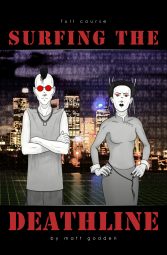 Eddie Cartridge, and Janelle Tan – Machine Intelligence researchers and former partners.
Eddie Cartridge, and Janelle Tan – Machine Intelligence researchers and former partners.
Separated following the takeover of their mutual employer, which saw Eddie made redundant, life has lead them to radically different outcomes. Eddie is homeless, unemployed, down to his last few dollars, and living under the streets. Janelle is engaged to their former employer, living in a penthouse, and travelling to work by helicopter.
Eddie has been offered a job – subvert a Machine Intelligence for a critical window of time. The job has a payday large enough that he can escape this awful city – a middle-class-authoritarian city state, where the streets are always clean, and welfare benefits are tied to medical tracking implants which monitor sobriety, amongst other things.
The first problem, is that Eddie is not fast enough to out-react, and out-think a Machine Intelligence. He’ll need an edge, in the form of The Deathline – a neuro-accelerating hallucinogen.
The second problem, Eddie has never used The ‘Line before, and has no supply contacts for this highly illegal substance. He must reconnect with Janelle, who consumed prodigious quantities during their time together, to find out if she still has access to anyone who can supply what he needs.
For Janelle, contact with Eddie has contained a revelation which forces her to question her recent past, and to reassess her relationship with her fiancé. Will she abandon her comfortable, “perfect” life, and be reclaimed by the world of The Deathline?
The world is one in which Machine Intelligence is the supreme power, where a failed nuclear strike has fractured America into three separate nations, Europe is stricken by secessionary conflicts, and new Machine Intelligence-equipped non-geographic distributed states are beginning to emerge.
This 232 page book is published in DRM-Free Fixed-Layout EPUB format.
Leaving the Apple Books Store
No point in re-writing the post here – but over at my publishing site I’ve illuminated all the reasons for ditching Apple Books as a publishing channel, and concentrating on the indy route:
https://www.golgotha.com.au/on-leaving-the-apple-books-store/
Adventures in Image Processing
So here’s an interesting mystery / conundrum / process I recently went through in trying to create a new workflow.
For reasons or not wanting to subscribe to software, I’m still using the CS5 versions of Adobe Apps for Surfing The Deathline. The original documents are heavily constructed in Photoshop, then all the text, sound effects etc are done in InDesign, which makes them rather non-portable to other solutions.
It had been so long since I’d done a serious update of the books, that I’d forgotten parts of my workflow, and so had started some things from Scratch.
Surfing The Deathline uses .png format images for its pages. Although they take up a lot more space than .jpg versions, they have an advantage of being colour-accurate. A major problem of .jpg is that for images in black & white, a single pixel of colour will shift the white and black values away from their correct tones. So, where you get two pages butting up against each other at the spine, the greys might not match.
InDesign CS5 has no direct png output option, so the workflow is:
- PageExporterUtility script to output the pages as individual .pdf files
- Convert the .pdfs to .pngs
- rename the .pngs and move them to the appropriate EPUB document’s image directory.
I had created an Automator action, which took in the .pdf files, and converted them to .png, and saved them to disk. It took about 3-5 minutes to do all 236 pages.
But there was a problem with he output…
Certain pages, seemed to have red & blue fringing on their text. Going through the .pdf files, it bcame apparent that it was linked to the pages which had a specific masterpage controlling their appearance. Looking at that masterpage, the thing that suggested itself as problematic, was the page number – it was frontmost in the layering stack. So, I deleted and recreated the page number object in the masterpage, applied it to the pages, and reran the .pdf to .png workflow.
Problem solved. Almost.
My large sound effects were still showing red/blue colour fringing. After a couple of days research, it became apparent that this was caused by the system applying sub-pixel antialiasing to the .pdf file during the render.
After experimenting with commandline options for disabling it, I found out there was actually a checkbox for it in the System Preferences app. Unfortunately switching it off makes the system’s display look worse, so what I needed was a way to toggle it off, run the image processing steps, then switch it back on.
After some experimenting, and asking on forums, I was able to get an Applescript that did the job, and add it to my Automator action:
What this does is:
- run an Applescript to open System Preferences, test if the checkbox is ticked, untick it if it is, close System Preferences, then,
- run all the pdf files through the Render PDF Pages as Images function to create png files, then,
- move the converted versions to a new location. Then,
- open System Preferences, test the antialiasing setting, and switch it back on, then close System Preferences.
It was fantastic – I had a wonderful system that, once I’d output the .pdfs from InDesign, could after selecting all of them, render them all to .png in a single right-click.
But there was a problem…
Images which crossed the spine of the EPUB book weren’t aligning correctly. Clearly, something was wrong with the way the Automator renderer was converting .pdf into .png. It didn’t matter what scale I rendered it at – even at the full native 300dpi, the problem remained.
When I compared it against doing the same process manually in Photoshop, it also became apparent that the math behind Automator’s conversion was out – files were always cropped 1-2 pixels smaller from Automator, than they were from Photoshop.
Then I started researching if there was an alternative commandline image processor in macOS – something I could call from an Applescript, to replace Render PDF Pages as Images. Thankfully, there was – SIPS, Scriptable Image Processing System.
After a bunch more research, I managed to sort out the appropriate commands, and gave SIPS a go on my pdf files. The results were the same. I tried it manually with Preview, the results were the same, again. It appears SIPS is the core image processor all these built-in macOS tools use, and it’s SIPS that has the bad math function for rendering PDF files as images.
Sips also produced pretty garbage image quality, compared to Photoshop.
So now I was looking for an alternative to SIPS, and I managed to find one – ImageMagick, a cross-platform commandline image processor. It uses Ghostscript, an opensource alternative to Postscript to render the .pdf, so everything about it will be separate from the SIPS processes. After a couple of days trying to figure out how to install it (hey, opensource projects, try making your basic documentation an educational resource for people who haven’t used your tools previously), I was able to make it work…
It delivered fantastic results, but took 30 seconds per image to process the .pdf files. In contrast, Photoshop, which was so slow I was looking for an alternative, takes 8 seconds.
You might question why I don’t use Affinity Photo, which can tear through the entire 236 pages in around 8 seconds total (gotta love that multithreaded action). Well, unfortunately, Affinity Photo’s pdf renderer can’t handle the edge effects of my InDesign speech bubbles.
So I’m back to where I began, using a ancient versions of Photoshop and InDesign, and needing to take a 35 minute break so Photoshop’s Image Processor script can do its thing, every time I want to run a set of updates from InDesign to EPUB.
Update 23 April 2021:
In experiments with image sizes for Photoshop’s scaling when it renders the PDF file to TIFF, I’ve hit upon a target size that seems to be in some sort of mathematical sweet spot for Photoshop, because the processing time has gone down to about 1 second per image, from ~8 seconds.
Surveying the catastrophe.
If there is one trend that is clear, it’s that a greater and greater percentage of economic “value” will be concentrated into fewer, and fewer people and companies. Automation will destroy more jobs, and concentrate more economic extraction to fewer individuals, than new industries will produce.
It begs the question, why a political party would base their campaign on providing “jobs”, rather than providing income? “We promise to keep you busy with tasks” – hardly the most inspiring of messages, is it?
There is too much that too many people do, which requires more skill and more time, than people have money to pay for it to be done.
UBI, at a level considerably higher than the current unemployment rate, is inevitable – large economic extractors (including wealthy individuals) are going to have to pony up radically higher taxes, and that money is going to have to go directly to people, because through Covid we’ve seen both the future of what happens when too few people have enough, and how effective “just giving people money” is in blunting that catastrophe.
So again, IF you were a political party hoping to win government, why would you double down on an obsolete paradigm?
2020 – A Wrapup
What a year.
Things were going ok for the first ten or so weeks – I bit the bullet an began gearing up to do some welding, to finally make a push to get some sculpture done. I was offered another arts residency, which would be a wonderful expansion of Noosa Mnemonic, in cooperation with the local regional art gallery…
…then the plague hit, and hit HARD.
By week 12 we entered a kind of non-time, in which things drifted and became unfixed. Public events went away, my residency was cancelled. So I ploughed ahead with my home welding setup, and designing the Studio-in-a-box.
I received an Arts Qld grant that covered my costs for the Studio-in-a-box, which was also a nice little notch to add to the artist’s cv. A big part of this year was figuring out quantity surveying for materials, and mapping out cut-charts for steel lengths.
There were some big upgrades for my protective clothing kit this year – with a new powered respirator welding helmet, and an (as-yet untested) powered water-cooling suit. When all this stuff is combined, I should be kitted up like an astronaut, and able to work safely and comfortably in more or less any conditions.
I solved a problem of flakey power supply during the storm season, by dropping a bunch of cash on a honking great UPS.
In photography my processes had some issues to overcome, adapting to a new photo processing / management tool. It produces better images, but has worse management features. So I’m effectively now working in two apps. I also updated my monitor configuration for my workstation to 3 screens. Sadly, these changes really didn’t work out too well – 2020 is definitely the year I fell out with technology. I have to learn to not allow anyone to provide an “ecosystem” to me, and instead build one myself.
I finished an update to The Metaning, which frees it from Apple Books, and a European publishing standards group released an Ebook reader for Mac, Linux & Windows that can read the fixed-layout EPUB format, so that clears the way for me to ditch Apple for selling my books, and move to direct sales.
The other major thing this year, was 15 minutes of fame, after a tweet thread I started about my time in high school was picked up and retweeted by a bunch of folks. Had a lot of people relating to me their childhood horrors from the same school.
Overall, 2020 was a year in which a lot of long-term plans and strategies played out, and produced results that weren’t all I’d hoped. Of course, across everything hangs the pall of Covid, so it’s hard to put the achievements of the year in any greater context of where I thought I’d be by the end of it.
Studio In a Box
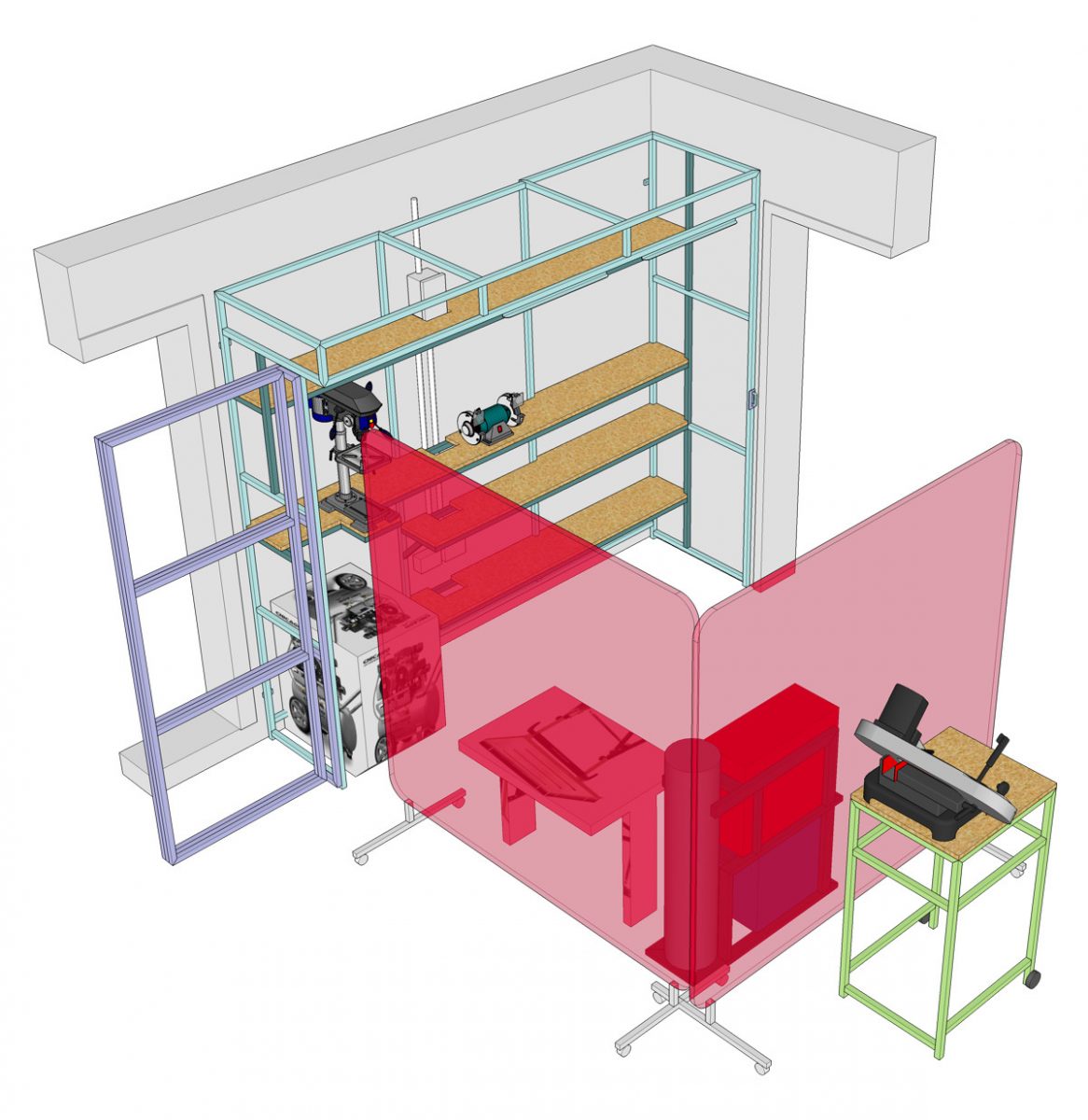
So this is a project I’ve been working away on designing for a while now, as a way to solve a lack of accessible studio space, and the need to stay at home during Covid social-distancing.
It’s a trifold-door cabinet, with internal power supply, that will be installed in my carport, between the secondary entrance (left) and laundry (right) doors of my home. It’s designed so that all the equipment stacks inside it – at the rear is workbench space, including a drill-press station, then the UV-blocking welding screens go in front of that, and finally the welders on a trolley, and a fold-up welding table.
All the equipment within is on wheels, so it can be rolled out and the space configured, with no lifting required. All it requires me to do is move my car forward a couple of metres, but the cabinet is narrow enough that my car can fit beside it when closed.
There’s a long, narrow workbench for my drill-press and bench-grinder, as well as storage, and a table for my metal-cutting bandsaw (a quiet alternative to a drop-grinder), that sits over the Air-Compressor. The compressor is an interesting piece of kit – it’s a silenced model, that uses two small motors, rather than one large one. You can easily hold a conversation at normal speaking volume, while standing next to it.
The power supply, which will sit roughly in the middle of the cabinet, is already installed – a pair of 15 amp, and a pair of 10 amp plugs, on a 32 amp line, so I can drive both the air compressor (10) and the welder’s plasma cutter (15) at the same time. Or, I can keep both my TIG and MIG welders powered up at the same time, and alternate between them, using MIG to tack things in place, then TIG for the finished welds.
All in all, it should be a super adaptable, and quick setup / packdown low-effort workspace.
2019 – A Wrapup.
2019 started with high hopes for diving back into EPUB development. I put huge amounts of time into redesigning my EPUB books to be able to have their text on a separate layer, so different translations could be done, and to allow the artwork to be user-selectable between finished, sketch, and thumbnail versions.
Weeks were spent trying to get the image outputting from InDesign to work correctly, and I had more or less cracked it, and knew theoretically how it would all be achieved.
Unfortunately, updates to Apple’s books platform broke the core functionality I relied upon, and all my books on the Apple Books store are now broken.
My uncle, Travor Ashton, a wonderfully generous man, sadly passed away.
I entered a major outdoor sculpture festival, and put a bunch of work in to applying for a grant to cover training costs to refresh my welding skills.
Unfortunately, my grant application was unsuccessful, and the sculpture, once repaired, displayed some significant structural weaknesses when exposed to driving wind, that meant i would be unable to install it at the event, so I had to pull out.
I had a new residency project, Noosa Mnemonic – a VR recreation of Noosa, based on people recreating in VR, places they love in Noosa, working only from memory. The goal was to have all the separate places added together into a single VR environment. I created a really interesting new VR location, and arranged for other artists to contribute locations.
Unfortunately, by the end of the year, it seemed to have become moribund, lacking for funding, and a reduced scope that makes the vision more of less moot. After breaking myself on the previous year’s major project for the Drone Racing course, I resolved to be less emotionally invested in this project, so C’est la vie.
I did some more VR outreach projects for the Library Makerspace – I really wonder if I’ve missed my true calling, because I love doing public outreach events.
My bike was serviced, and I was able to get back into riding periodically. It’s good for my mental health. The bike works better now than it ever had since new. I bought a helmet-mounted action-cam, and took to videotaping all my rides, so as to protect myself from incompetent drivers.
We sold my late father’s house, and dissolved his estate. It was finally over. I find myself on occasion missing him, missing that ability to have someone to talk to, who was largely removed from my life, but towards the end, there wasn’t much left to say. His ideas and opinions had been so poisoned by the right-wing internet, that in the end, I was left with very little in the way of happy memories about him.
I started investigating drop-shipping my photo prints as I dipped a toe into Instagram, but then Instagram changed the ability to see metrics of user interaction with posts, and it became yet another platform that one has to question if it’s worth the effort.
More upgrades and updated to my 10 year old Mac Pro tower. it’s such a dependable tank of a machine, frankensteined to hell as it is.
Toward the last third of the year, gearing up for internatonal travel to Japan, gained a sense of urgency, and I designed and had fabricated a set of camera mounting plates to let me better mount my camera on a backpack, while remaining connected to my sling-strap. The design was a pretty amazing success.
Then, I was in Japan, and three of the happiest weeks of my life. Magical country, and I wish I could live in a country mountain town, with the constant sound of running water. The cities weren’t so much my thing, but I could spend months travelling around on local trains, seeing the little farming communities.
Once I came back, there was a lot of lost time – administrative things, medical things – I saw The Sisters Of Mercy play live – a lifelong ambiton, and they were “meh”.
The year ended sitting on inflatable pool chairs with friends, drinking margaritas in the pool, watching Return of The Living Dead on a projector I’d rigged up to screen onto the side of the building.
It was a year of highs and lows, but then aren’t they all?
